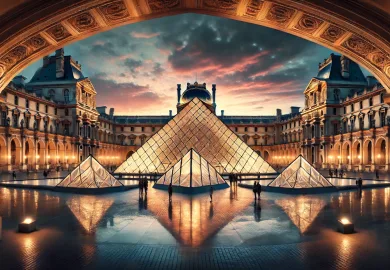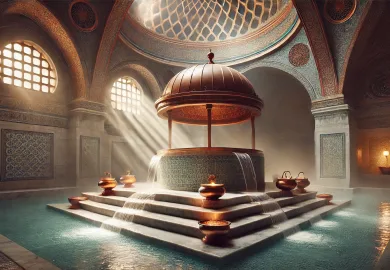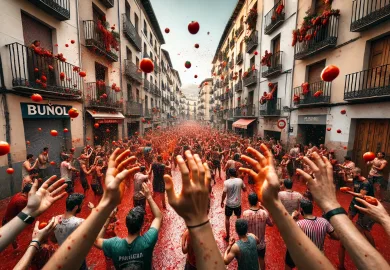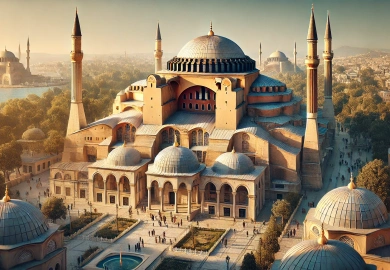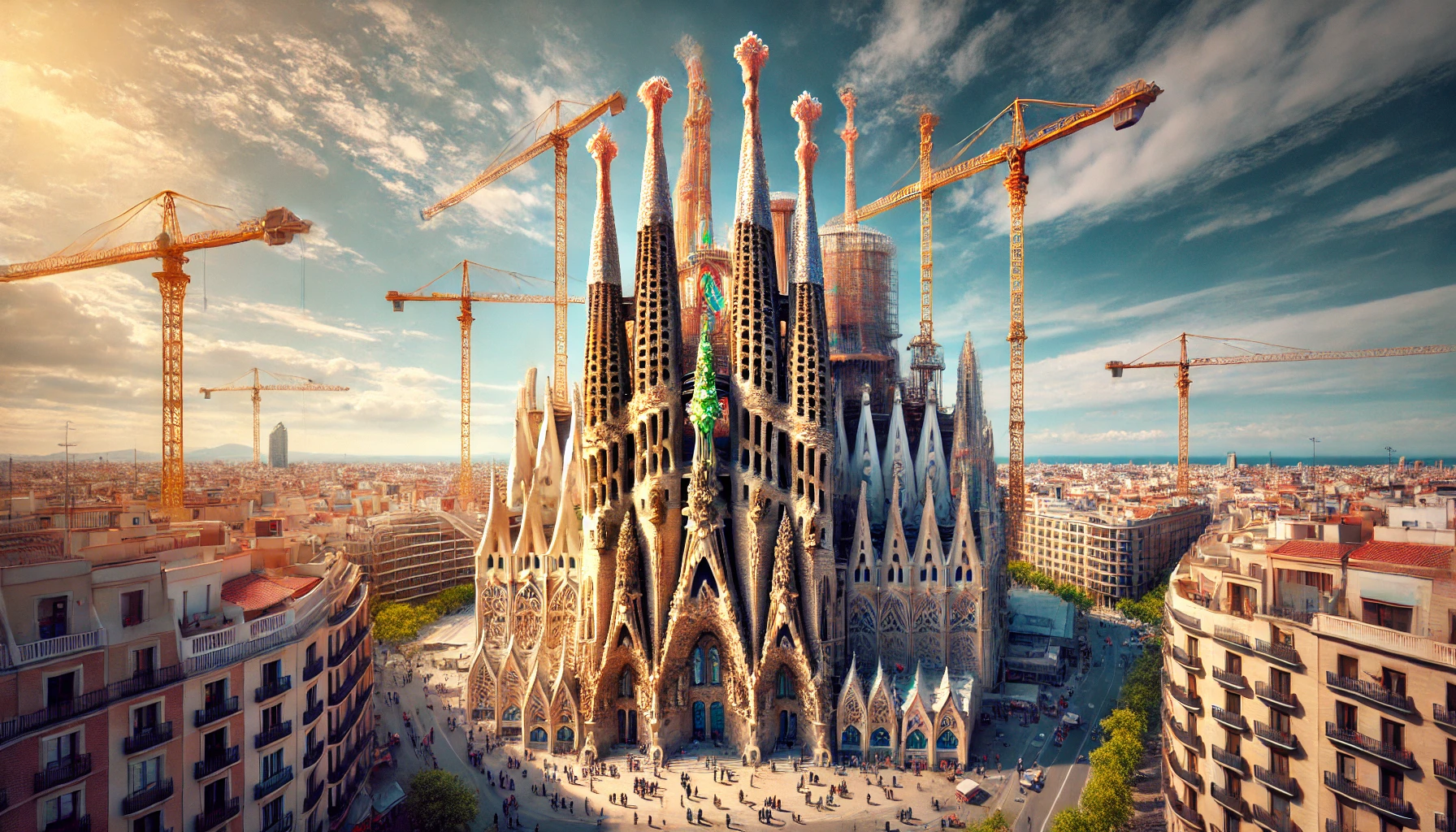
The Sagrada Família in Barcelona is not just an architectural wonder; it is an enduring symbol of artistry, faith, and devotion. This extraordinary basilica, which has been under construction for over a century, stands as a beacon of Catalan modernism and religious significance. Designed by the legendary architect Antoni Gaudí, the Sagrada Família attracts millions of visitors each year who come to witness its breathtaking beauty, intricate details, and the sheer scale of its towering spires. As one of Barcelona’s most famous landmarks, this unfinished masterpiece continues to captivate and inspire, making it a must-visit destination for anyone exploring the vibrant city.
The Visionary Behind the Sagrada Família: Antoni Gaudí
The story of the Sagrada Família is inseparable from the life and vision of Antoni Gaudí, one of the most renowned architects in history. Born in Reus, Spain, in 1852, Gaudí developed a deep appreciation for nature, religion, and geometry, which influenced his distinct style known as Catalan modernism. When he took over the Sagrada Família project in 1883, he transformed the original neo-Gothic design into something far more ambitious—a towering, organic structure that would combine natural forms with religious symbolism.
Gaudí devoted the last 15 years of his life entirely to the construction of the basilica, which he believed was his divine mission. His vision for the Sagrada Família was not just as a church but as a monumental representation of Christian faith. From the branching columns that resemble trees to the intricate façades that tell the story of Christ’s life, every element of the basilica is infused with meaning.
Though Gaudí tragically died in 1926 before the structure was complete, his vision has continued to guide the project. Today, the Sagrada Família stands as a tribute to his genius, with its complex geometry and natural motifs making it one of the most extraordinary buildings in the world.
A Tour Through the Sagrada Família’s Façades
The Sagrada Família is best known for its three grand façades, each representing a different aspect of Christ’s life: the Nativity, the Passion, and the Glory. These façades serve as an open book, telling the story of Christianity through intricate sculptures and artistic interpretations.
The Nativity Façade
The Nativity Façade, completed during Gaudí’s lifetime, celebrates the birth of Christ and is characterized by its lush and intricate detailing. It represents the joy of creation and is inspired by the beauty of nature. You’ll see carved animals, plants, and human figures, all meticulously designed to create a sense of vitality and movement. The bright, optimistic tone of the Nativity Façade stands in stark contrast to the somber mood of the Passion Façade.
The Passion Façade
On the opposite side, the Passion Façade depicts the suffering and crucifixion of Christ in a much more austere and somber manner. This façade was constructed later, based on Gaudí’s detailed plans. Unlike the highly detailed Nativity Façade, the Passion Façade uses simpler, more angular shapes to convey the raw emotion and severity of the scene. The skeletal forms and the elongated figures of Christ and the apostles evoke a sense of tragedy and sacrifice, further accentuating the contrast between life and death.
The Glory Façade
The Glory Façade, which is still under construction, will be the largest and most magnificent of all, representing the resurrection and the path to God. Once complete, it will serve as the main entrance to the basilica and is expected to be even more elaborate than the other two façades. It is designed to symbolize life after death, eternal glory, and the ascension to heaven, making it the most spiritual aspect of the basilica’s architecture.
An Engineering Feat: The Sagrada Família’s Towers and Spires
One of the most remarkable features of the Sagrada Família is its towering spires, which are visible from all over Barcelona. Once the basilica is finished, there will be 18 spires, each representing a different biblical figure. The tallest of these spires, dedicated to Jesus Christ, will reach a height of 172.5 meters, making the Sagrada Família the tallest religious building in Europe.
The spires are designed to evoke a sense of reaching toward heaven, with intricate details that become more simplified as they ascend. At the base of each spire, visitors can see complex carvings and sculptures, but as the towers rise, the design becomes more abstract and geometric, symbolizing the spiritual journey from earth to heaven.
Climbing the towers is a popular activity for visitors, offering breathtaking views of Barcelona and a closer look at Gaudí’s intricate stonework. From this vantage point, you can also appreciate the innovative engineering techniques used in the construction of the basilica, including the use of hyperboloids and helicoids, which give the building its organic, flowing appearance.
The Sagrada Família’s Interior: A World of Light and Color
While the exterior of the Sagrada Família is awe-inspiring, the interior is equally breathtaking. Stepping inside the basilica feels like entering a forest of light and color, with tall columns branching out like trees to support the soaring ceiling. Gaudí’s use of natural light is one of the most impressive aspects of the interior design, with sunlight streaming through the stained glass windows to create a kaleidoscope of colors that shift throughout the day.
The basilica’s stained glass windows are works of art in themselves, each one designed to create a specific mood through the use of color. The windows on the east side of the building, which receive the morning light, are predominantly blue and green, evoking a sense of calm and tranquility. On the west side, the windows are red and orange, reflecting the warm glow of the setting sun.
Gaudí designed the interior to feel like a natural space, and visitors often describe the sensation of being inside the Sagrada Família as spiritual, even if they are not religious. The combination of light, color, and organic forms creates a serene and otherworldly atmosphere, making the interior of the basilica one of its most unforgettable features.
The Ongoing Construction: A Legacy in Progress
More than 140 years after construction began, the Sagrada Família is still unfinished, making it the longest-running architectural project in the world. The completion of the basilica has been delayed numerous times due to wars, funding issues, and the complexity of Gaudí’s design. However, work continues to this day, with an estimated completion date in 2026, marking the 100th anniversary of Gaudí’s death.
One of the reasons the Sagrada Família has taken so long to complete is Gaudí’s innovative design, which was far ahead of its time. Many of the techniques and materials he envisioned were not possible during his lifetime, and modern technology has been essential in bringing his vision to life. 3D modeling, drones, and other advanced tools have allowed architects to realize Gaudí’s complex geometric designs with greater precision than ever before.
Despite the lengthy construction process, the Sagrada Família remains a source of national pride for Spain and a symbol of Barcelona’s cultural identity. Each year, millions of tourists flock to the basilica to witness its ongoing evolution and to marvel at the sheer scale of the project. When the basilica is finally complete, it will stand as a testament to the enduring power of faith, creativity, and human ingenuity.
Conclusion: Why the Sagrada Família is a Must-Visit in Barcelona
The Sagrada Família is more than just a church; it is a living monument to the genius of Antoni Gaudí and an enduring symbol of Barcelona’s cultural and religious heritage. Whether you are an architecture enthusiast, a history buff, or simply someone looking to be inspired, the Sagrada Família offers an unforgettable experience.
From its stunning façades to its awe-inspiring interior, the basilica invites visitors to explore the depths of Gaudí’s creativity and vision. And with the project still under construction, visitors have the unique opportunity to witness history in the making. Don’t miss the chance to see one of the world’s greatest architectural wonders—a special sight that will leave you breathless.



